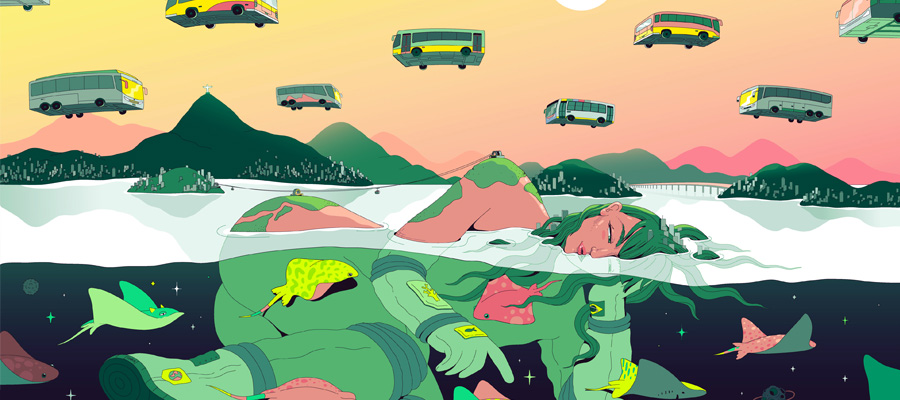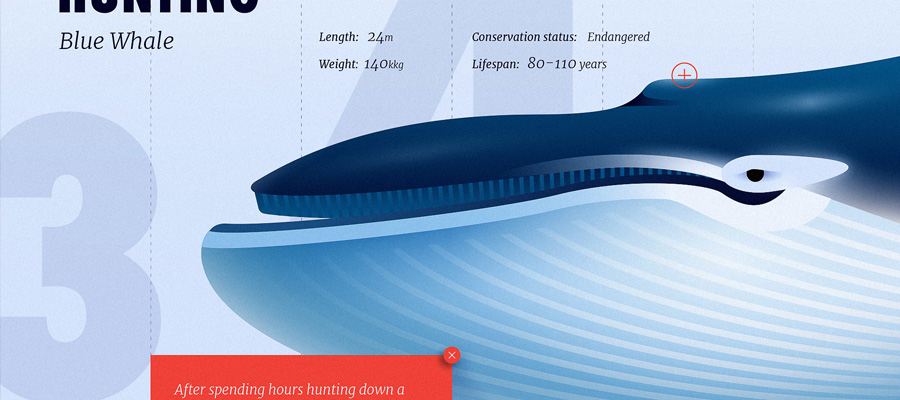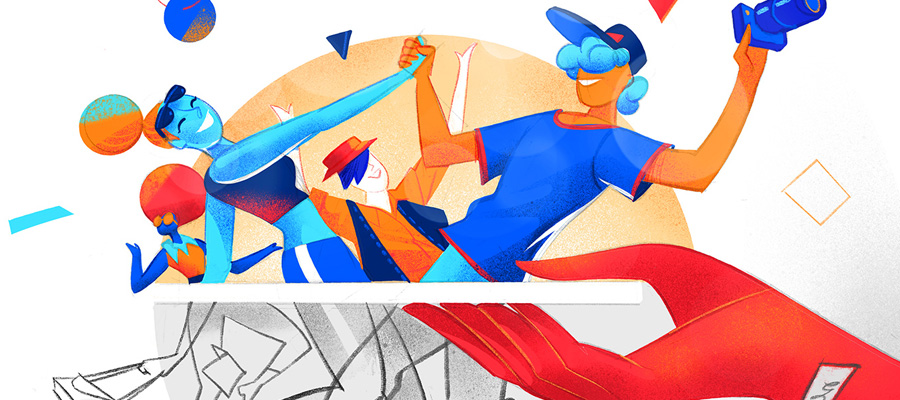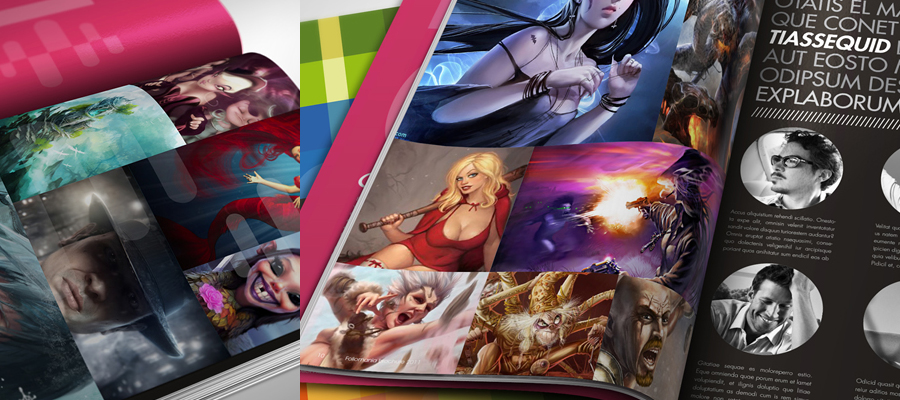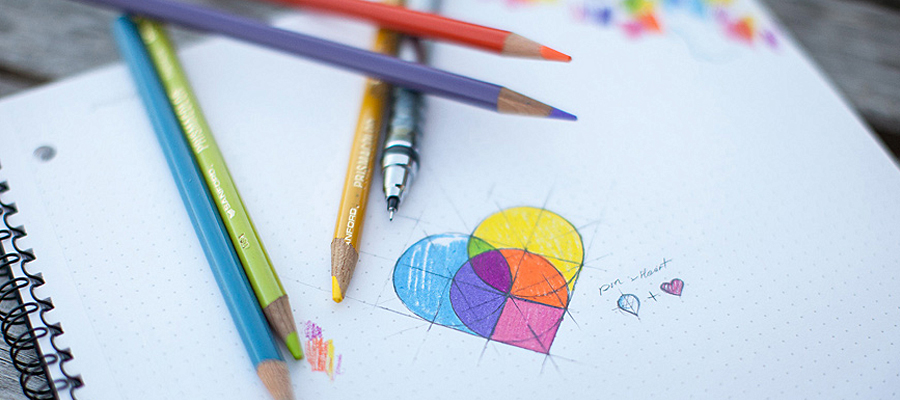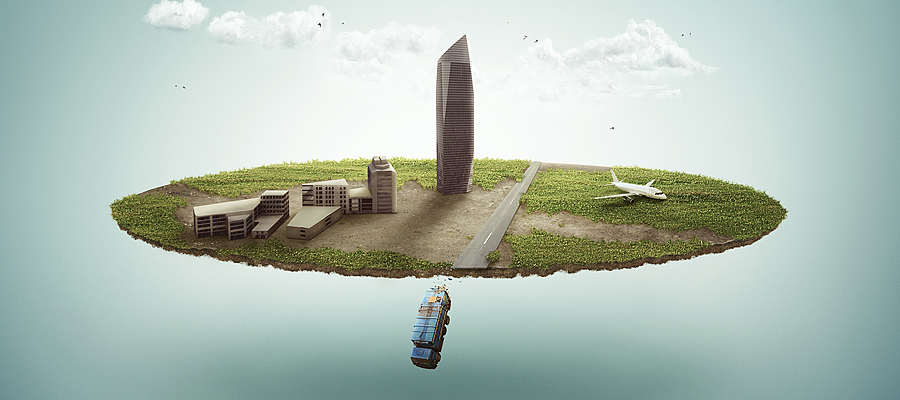As creators, we continually push ourselves to start fresh – a new project, a new book, a new poster, a new day that should be a winner on the creative front. In that process, we remake the perspective and vision for our own surroundings. Very often, it’s very hard to do it differently and get inspired with innovative ideas. Attracting creativity and sustaining the flow into your daily work life is not easy. The creative cycle plays a big role in outlining the solution to a problem, alternatives and identifying new ways of perceiving the challenge. Creativity is not just about design-it’s one of the most valuable human traits. It’s where the core of innovation begins, and therefore, it is an essential necessity that every human should develop.
Here, we would like to share a creative model and flow that works quite fine when you’re on the very start. Of course, the progress is followed through a series of four main stages, but as we know-ideas can come anytime in a flash. This can happen at the end of a process and it’s always a good practice to take notes and review the outcomes. It doesn’t mean that this will work out for you, however, it’s a good reference point to start developing your own model, or if you have one already-to think about its effectiveness.

illustration by tubik.arts
Here are the four stages of the creative process:
Research from different angles and define key points
When you start a new project, it’s vital to leave space for research and education. Write down everything that identifies with the subject and make a general brief. This is particularly important because it allows you to realise what’s still missing and where to find it. When the brief is done, think of precise adjectives and keywords that will help you define the main goal. The keywords should describe the look and feel of the design and guide us into the main design direction we think is most appropriate. In the next step, try to progressively transfer the ideas into the prototype, defining colours, fonts etc. A strong brief will enable you to have a great start for the upcoming stages.
Brainstorming
This phase represents a process of intense concentration and focus. When you gathered all the necessary info about the project and defined your main goals, start to brainstorm and doodle. Inspiration comes from literally everywhere- media, nature or things that fit the adjectives established in the brief. One of the best practices to come up with good ideas is to let your mind wander, starting on the internet. Look what others have done for inspiration but also go through your past projects and collections as well. A good tip for handling this stage the best you can is to take pictures, describe in a few words the point you want to make so you can later quickly jump back in and add them to the creative folder. Collect ideas from everywhere. Once you feel you have enough, start to make a connection between them, like solving a puzzle. This is the phase where creativity gets boosted to the highest level of expectation.
Organise and sketch a concept model
Here you observe your ideas and thoughts and give them an initial form for the final solution. Sketching and wire-framing will give you the necessary elements to execute the basics of a future product. At this point, the sketches are quick and simple. It’s very important to experiment with various design choices with the tendency of not spending too much time in details. This is the right time to contemplate and question about appropriate typefaces, what sorts of colour palettes you should use etc.
For example, let’s say that you’re designing an online game that is themed around finding a hidden gold treasure. Naturally, you’ll think about implementing rich, warm colours that will remind you of wealth, luxury and luck. In the next steps, you’ll decide how the product will function and move, how the interface will feel to the user, the animation and navigation and think about potential challenges and solutions. In other words, here is where the general visual language of the design solution will take form and relate to the main plan. This stage can be time-consuming and coming up with a working model isn’t easy at all. But at the end of it, the hard work and passion will surely stand out and you’ll be proud of the outcome.
Final details and execution
This is the phase where you have a solid design foundation and most of the UX scenarios. The focus goes in polishing the product, making sure everything is working properly. Sometimes it might happen to realise important points during the final design execution and jump to the sketching phase again. That doesn’t mean you’ll change the whole design foundation but allow yourself to make some tweaks and final quality check.
One of the things that you’ll learn with time is that being creative is not only a matter of having a well-structured plan. The plan needs to be accompanied by a dose of spices and twists. This extra boost you’ll get by simply thinking out of the box, simple and free-flowing. Go a step further with your concept and look for alternatives, not for correct answers. Creative thinking should be flexible enough to step away from the conventional ways and allow us to break the boundary in our mind.
